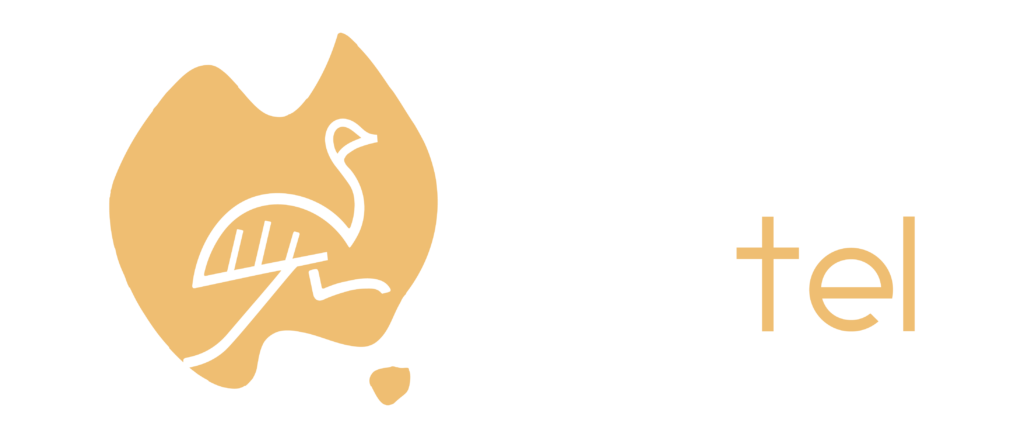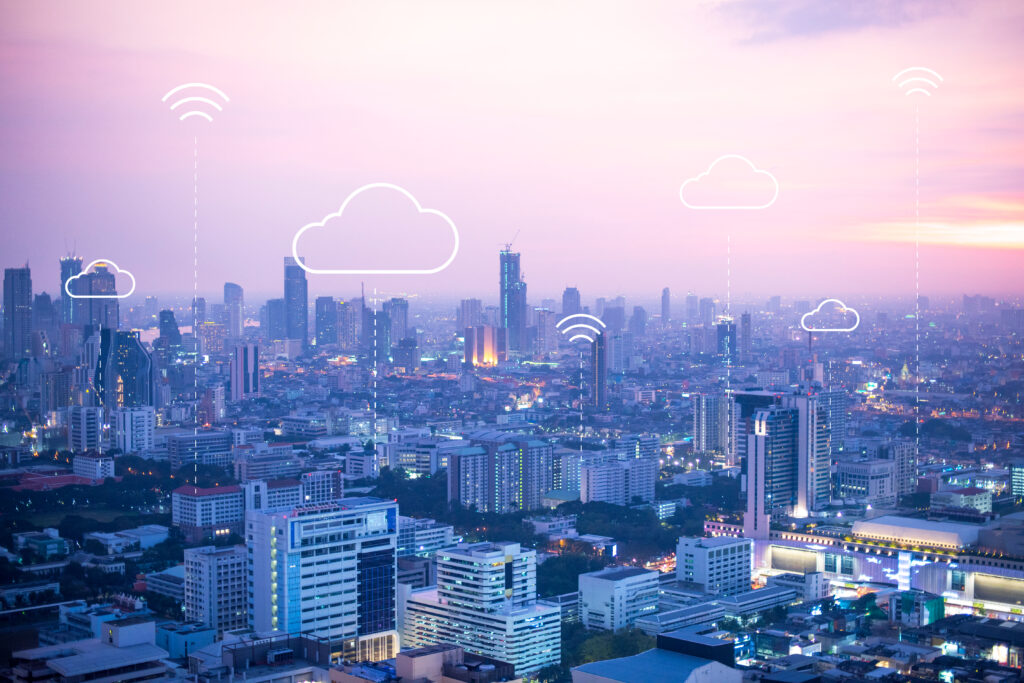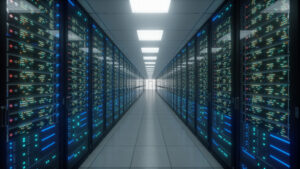The internet of things (IoT) is a large group of interconnected devices that are all able to communicate with each other and share data. IoT has the potential to revolutionize how businesses operate and can effect everything from increased efficiency and automation to improved customer service.
What Does the Internet of Things Mean?
The term “internet of things” was first coined by Kevin Ashton, a co-founder of Proctor & Gamble, in a presentation he gave to MIT in 1999. Ashton described the internet of things as a network of interconnected devices that could all communicate with each other. At the time, this was a far-fetched idea, but over the past few years, the internet of things has become a reality.
IoT and CRM
One area where the internet of things can be particularly useful is in customer relationship management (CRM). With IoT, businesses can collect data about their customers that can then be used to improve customer service. For example, if a business knows that a customer is always late for appointments, they can send them a text message reminder about their appointment. Alternatively, if a customer frequently visits the business’s website but never makes a purchase, the business can use this data to create a more targeted marketing campaign specifically for that customer.
IoT and Efficiency
The internet of things can also be used to improve efficiency in businesses. For example, by connecting machines to the internet, businesses can monitor their performance and detect any problems early on. This not only saves time and money but also reduces the chances of equipment breaking down and causing a disruption to business operations. Additionally, by connecting inventory systems to the internet, businesses can keep track of stock levels and make sure that they never run out of products.
IoT and Automation
Automation is another area where the internet of things can be used to improve efficiency in businesses. With IoT, businesses can automate tasks such as ordering supplies, scheduling appointments, and responding to customer queries. This not only saves time but also frees up employees so that they can focus on more important tasks.
IoT and Connectivity
Finally, one of the biggest advantages of IoT is its ability to connect different devices together. This means that businesses can combine data from different sources to get an holistic view of their operations. For example, a business could combine data from their website analytics with data from their inventory system to get a better understanding of what products are selling well online.






